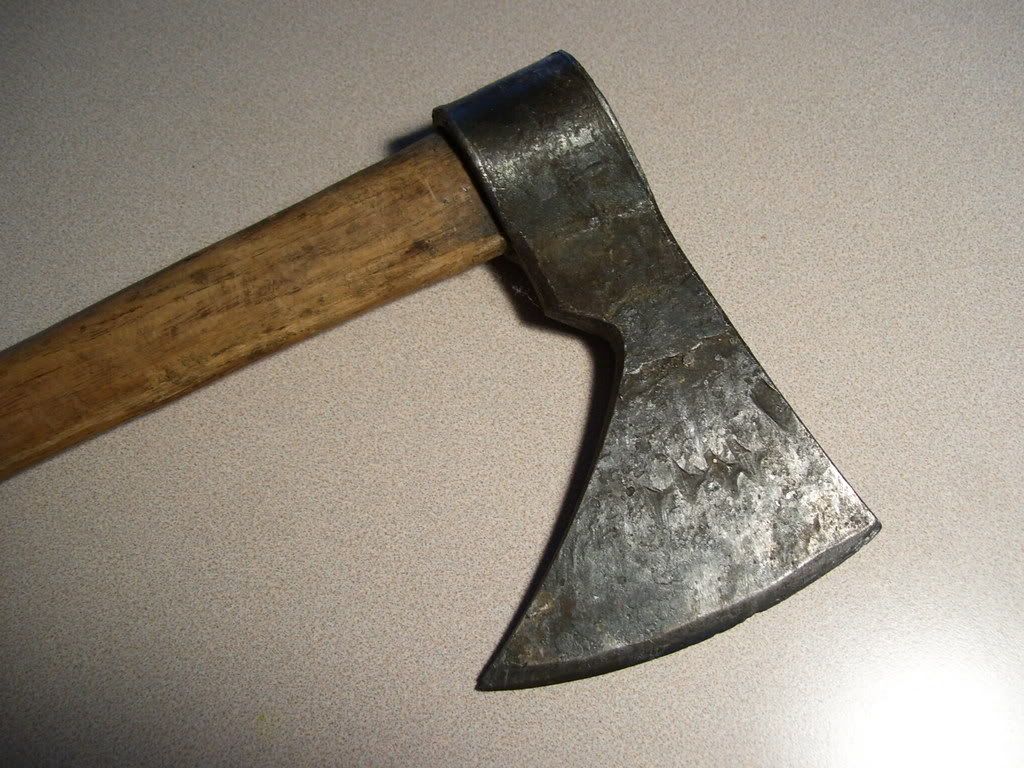There are a few chips on the edge of my tamahawk. Problem is that my bastard and mill files won't touch the edge because it is too hard. The hawk has not been sharpened before so the original meat of the edge is still there, however deep that might be.
So I will have to use an electric side grinder to sharpen it. My question is how far back can I sharpen the edge before I grind through and past the hardened steel?
So I will have to use an electric side grinder to sharpen it. My question is how far back can I sharpen the edge before I grind through and past the hardened steel?





